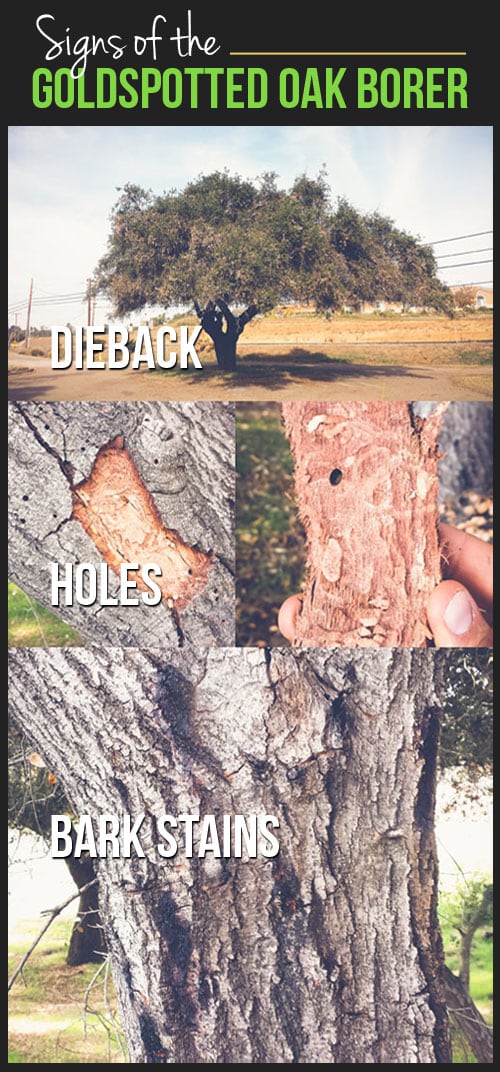Reveal Strategies For Protecting A Healthy Habitat After The Trees Have Been Taken Down
Reveal Strategies For Protecting A Healthy Habitat After The Trees Have Been Taken Down
Blog Article
Web Content By-
When it pertains to seasonal tree care, guaranteeing correct management before and after elimination can dramatically affect the wellness and aesthetic appeals of your landscape. By recognizing the needed steps associated with examining tree health and planning for removal, you can proactively secure your home. But what regarding the important methods to comply with when the tree is gone? Remain tuned to find the essential post-removal treatment actions that will help you cultivate a growing and sustainable atmosphere for your trees.
Pre-Removal Tree Treatment
Before addressing the elimination of a tree, it's crucial to prioritize pre-removal tree treatment. Begin by evaluating the tree's health and structural integrity. Try to find indicators of illness, parasite infestations, or any type of architectural concerns that might present a safety risk during elimination. It's necessary to seek advice from a licensed arborist to identify the best strategy.
Trimming just click the following internet page or unhealthy branches can prevent more damage to the tree and ensure a smoother removal process.
Furthermore, think about the environmental effect of removing the tree. Trees play an essential function in our environment, so planting a new tree in a suitable area can aid balance out any kind of loss. Make sure that you have the necessary authorizations and approvals for tree removal, especially if the tree is protected by local regulations.
Seasonal Maintenance Tips
Analyzing your tree's needs throughout the year is necessary for its health and wellness and durability. To keep Read Home in leading condition, adhere to these seasonal upkeep tips.
In springtime, concentrate on pruning to eliminate dead or broken branches and encourage brand-new development.
Summertime calls for routine watering, specifically throughout dry spells, to guarantee your tree remains hydrated.
As autumn techniques, watch out for early indicators of disease or stress, and think about using compost to protect the roots during wintertime.
In winter season, beware when getting rid of snow from branches to prevent damage, and continue to check your tree's overall wellness.
Remember to readjust your treatment regular based on the certain needs of your tree species and regional climate. By remaining conscientious and aggressive throughout the periods, you can aid your trees flourish and grow for many years to come.
Post-Removal Tree Treatment
To make sure the wellness of your landscape even after tree removal, correct post-removal care is necessary. After a tree is gotten rid of, it's important to fill the staying hole with topsoil and portable it to stop settling. This will assist maintain the honesty of the ground and avoid prospective threats in the future.
Consider growing brand-new plant life in place of the removed tree to bring back the equilibrium and aesthetic appeals of your landscape. Frequently water the location to advertise the development of new plants and avoid soil erosion.
Examine the bordering trees for any type of indicators of disease or anxiety that may have been triggered by the removed tree. Watch out for pests that may've been attracted to the previous tree and take preventive measures to secure the remaining greenery.
If necessary, speak with an expert arborist to assess the effect of the elimination on the surrounding trees and establish any kind of extra treatment required. By following these post-removal treatment steps, you can ensure the ongoing wellness and charm of your landscape.
Conclusion
To conclude, proactive seasonal tree care is vital for maintaining the wellness and equilibrium of your landscape. By assessing tree health and wellness, trimming, and seeking advice from an arborist before removal, you can make sure a risk-free process. After removal, filling up the hole, planting new plant life, and normal watering will promote new development and stop disintegration. Bear in mind to examine bordering trees for disease and seek additional care measures from an arborist to keep your landscape thriving.
